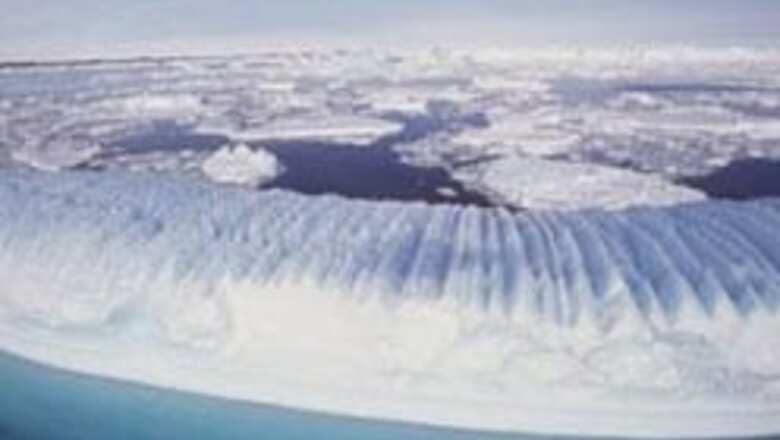
views
Houston: A Texas-sized piece of the Antarctic ice sheet is thinning, possibly due to global warming, and could cause the world's oceans to rise significantly, polar ice experts said on Wednesday.
They said "surprisingly rapid changes" were occurring in Antarctica's Amundsen Sea Embayment, which faces the southern Pacific Ocean, but that more study was needed to know how fast it was melting and how much it could cause the sea level to rise.
The warning came in a joint statement issued at the end of a conference of US and European polar ice experts at the University of Texas in Austin.
The scientists blamed the melting ice on changing winds around Antarctica that they said were causing warmer waters to flow beneath ice shelves.
The wind change, they said, appeared to be the result of several factors, including global warming, ozone depletion in the atmosphere and natural variability.
The thinning in the two-mile-(3.2-km)- thick ice shelf is being observed mostly from satellites, but it is not known how much ice has been lost because data is difficult to obtain on the remote ice shelves, they said.
Study is focusing on the Amundsen Sea Embayment because it has been melting quickly and holds enough water to raise world sea levels six meters, or close to 20 feet, the scientists said.
"The place where the biggest change is occurring is the Amundsen Sea Embayment," said Donald Blankenship of the University of Texas Institute for Geophysics.
"One, it's changing, and two, it can have a big impact," he said in a Webcast with a number of conference participants.
Other parts of the continent also were losing ice, he said, but generally not as quickly.


















Comments
0 comment